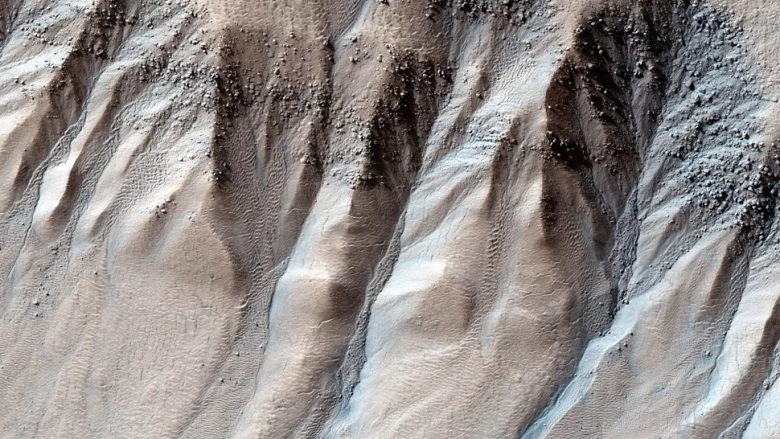Scientists first discovered ravines on Mars in 2000
A new study has found that ravines on Mars could have formed when the Red Planet’s axis of rotation shifted violently, causing a dramatic shift in climate that caused water to erode the rocks on the slopes.

Scientists first discovered ravines on Mars in 2000. They closely resembled channels formed on Earth in the McMurdo Dry Valleys in Antarctica, carved by water in melting glaciers. Thus, the Martian ravines are a clear sign that there was once water on Mars and, perhaps, still appears from time to time.
The ravines are very similar to Earth, but this is Mars, so how could they form there?
The study’s lead author, Caltech Pasadena planetary scientist James Dixon, said:
The ravines are very similar to those on Earth, but this is Mars, so how could they have formed there? It was a great riddle that many scientists worked on.
The problem with the possibility of ravines on Mars is that these ravines are mostly at altitudes where liquid water is not possible in the current climate. The air on the Red Planet is generally too cold and thin.
Previous studies have suggested that the cause of the origin of the ravines in another – in the hoarfrost from carbon dioxide. Hoarfrost sublimated or turned into steam when it was warm on Mars, causing the rock to break down and the rocks to roll down the slopes.




